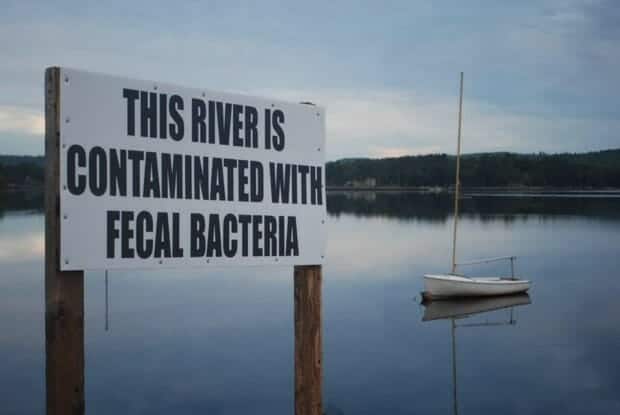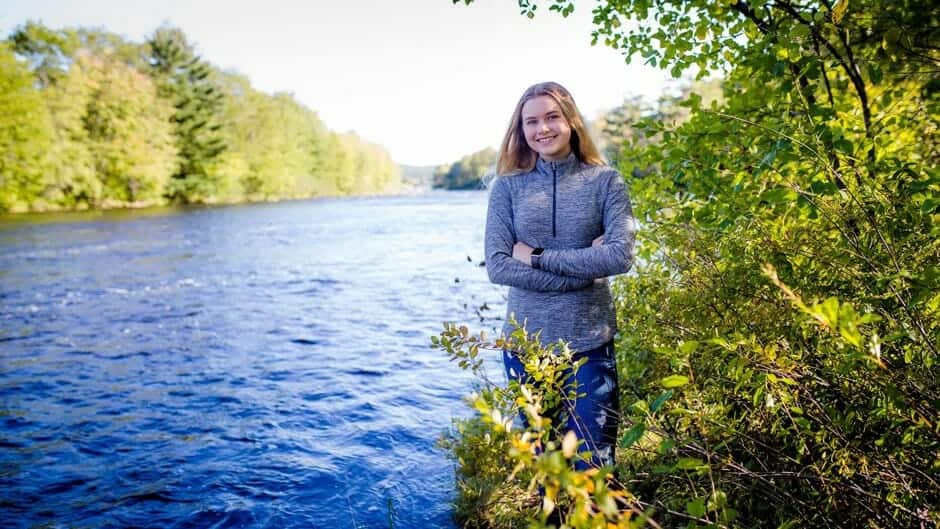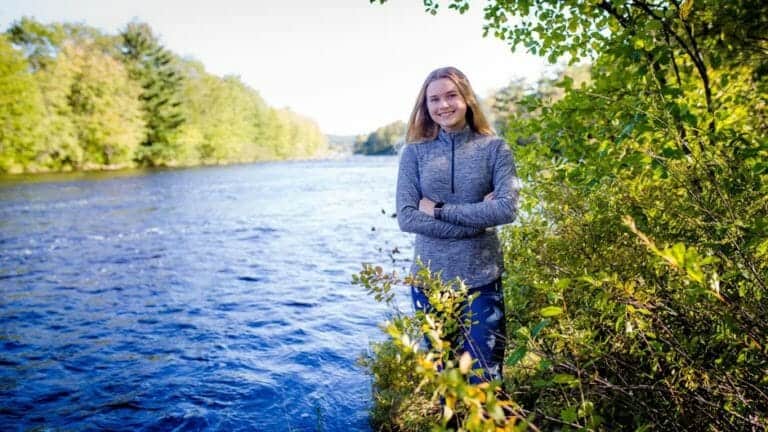Stella Bowles was 11 years old when she first donned her rubber boots to test for water contamination in the LaHave River, which runs beside her home on the South Shore of Nova Scotia, Canada.
“I wanted to swim in the water, and Mom’s always said no,” Bowles told CityLab. But in 2015, after hearing her mom, Andrea Conrad, say that their neighbors were using illegal straight pipes, Bowles asked her what a straight pipe was.
“She explained it’s a pipe from a home’s toilet into a waterway, with no filtration whatsoever,” Bowles recalled. “I had so many questions.”

Such as: If the river has poop in it from nearby houses, how many houses? Bowles collected and analyzed water samples, running them through a filter funnel and putting the filter on an enterococci testing card. After 36 hours in an incubator, the colonies of fecal bacteria on the card turn blue. Bowles counted the blue dots.
The results revealed levels of fecal contamination above Canada’s federal standards for swimming or boating. Among those sailing the LaHave waters at the time was Bowles’ little brother. Conrad chimed in, “You were mortified.”
“I was,” Bowles answered. “So that’s the long beginning […]
Full article: How One Kid Stopped the Contamination of a River
Water Warriors and Other People Stories
- Why limiting PFAS in drinking water is a challenge in the US
- ‘If there’s no water, what’s the point?’ Female farmers in Arizona – a photo essay
- EPIC to honor local watershed advocate
- Vance Kennedy: Farmland trust founder, longtime water expert turns 100
- Finding his calling: Nick Stanley’s journey to leadership
- Pacific Institute Senior Fellow and Co-Founder Dr. Peter Gleick Elected to American Academy of Arts & Sciences



